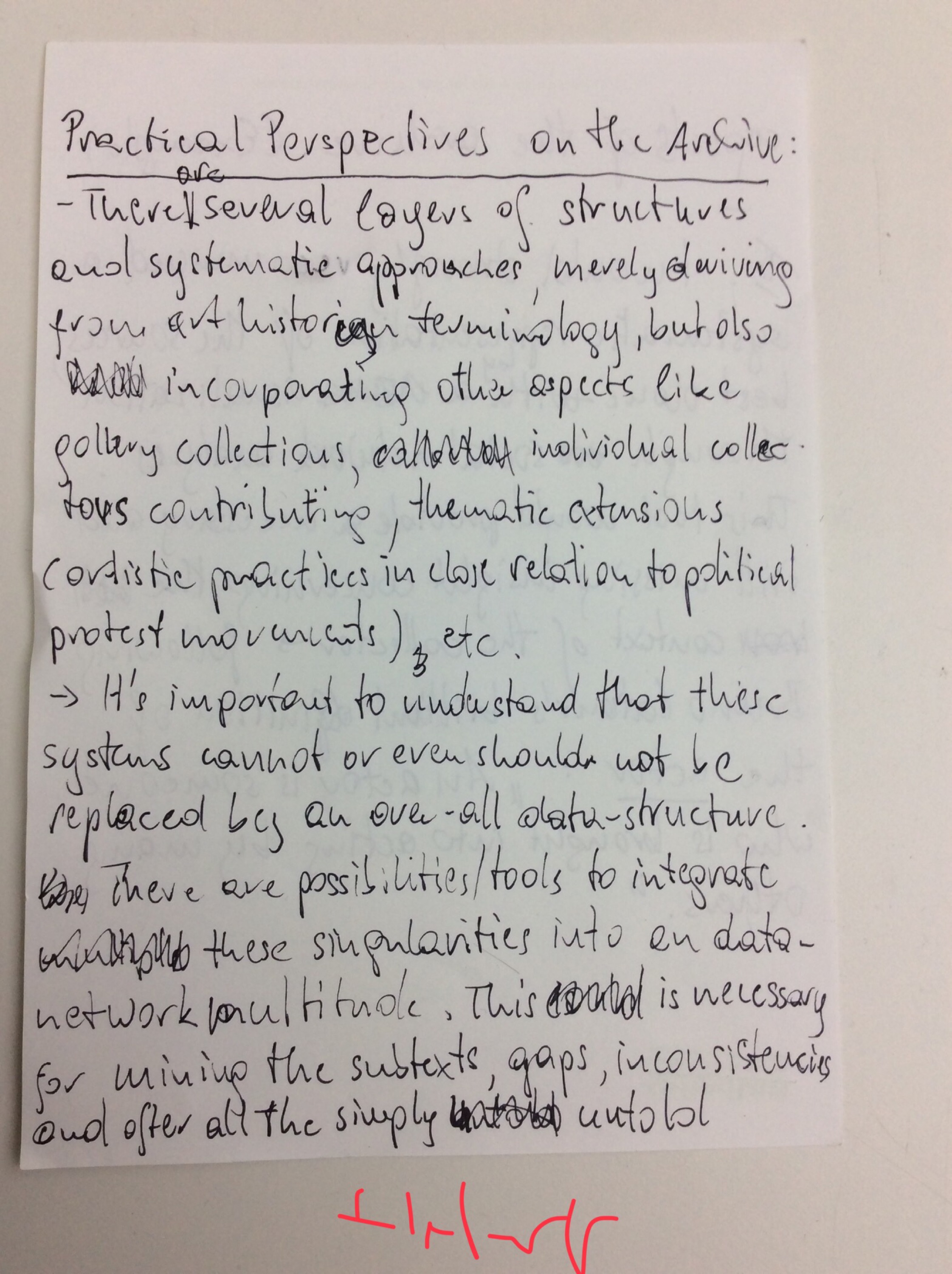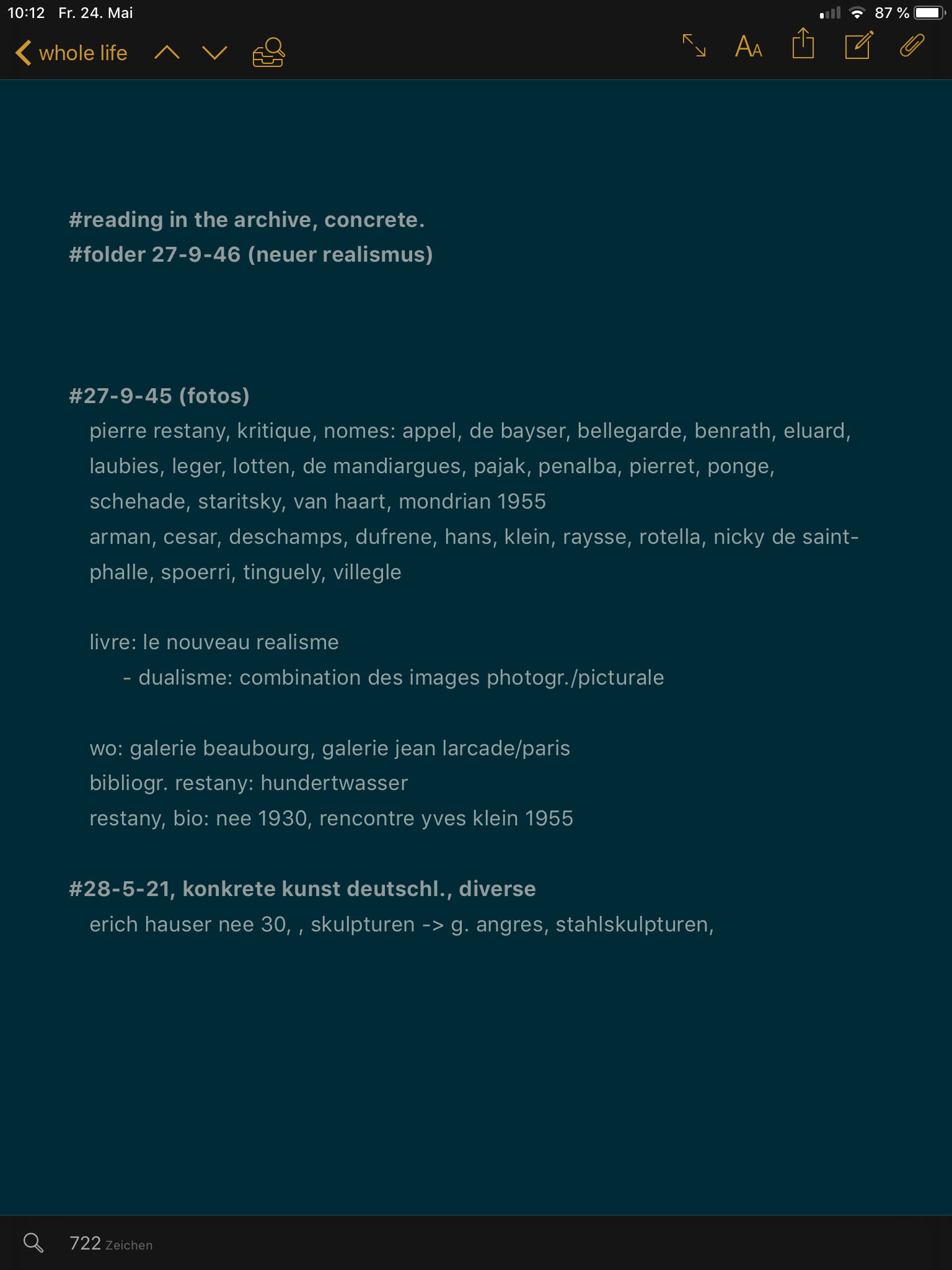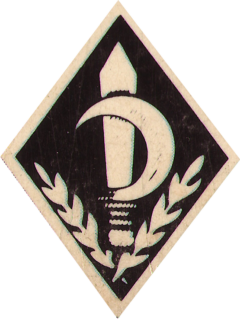Last Updated on 20230324(09.08)
Category: material
no art. no time stamp. work. FYI.
Last Updated on 20230324(09.08)

Facharbeit zum -Meister Fachrichtung Friedhofsgartenbau-. my capacities. no more, no less. okay, mittlerweile doch -more-…
als pdf anschauen.
09215.3 provision. by tutor. i felt free to share…
Last Updated on 20230324(09.08)
FYI (from the blue booklet): (chapbook with material to the ada. (st.))
… Subject of the second essay proposed by the Archiv der Avantgarden is the educational gesture, in the attempt to articulate the past of its collection in the face of the needs of our present time.
The strategies to transmit and receive knowledge (and the role of art and its institutions in this process) is the working field present
in ›Methodologies of Teaching and Learning‹, from the perspective that a school could be, more than a place, a series of experiences in time, where the teacher and the student change their positions, refusing any form of hierarchy or authoritarian measures.
The American John Cage is followed by the Italian Bruno Munari, the German architect Franz Schuster and the artists Joseph Beuys, Allan Kaprow or Marcel Duchamp, among others from AdA’s collection who explicitly dealt with the idea of learning as an aesthetic tool for a socially transformative purpose.
In this scenario, a process takes place in which the archive, as well as the museum, cannot be an innocent bystander, because (at least as a possibility) it has a very particular position and responsibility.
As said by the ItalianBrazilian architect Lina Bo Bardi, in her writings from the 1950s on the possibility of a museumschool as a model, the educational gesture requires from the beginning a set of unavoidable questions: ›To build a museum, we should ask a number of questions, such as the Aristotelian categories: What should be taught here today?/ Who, today, do you should teach? Why do you need to teach? /How it is necessary to teach?/Where do you need to teach?‹
In her eyes, the museum should learn again. Why not also the archive?
The activities taking place in the AdA are continuously accompanied by a discursive programme that interacts with and supplements them, thereby elucidating the thematic issues from various scientific and lifeworld perspectives. The events focus on experiencing the themes and objects with the senses and reflecting upon them in a research-oriented way.
The discursive programme of the AdA equally reflects upon the role of collecting, archiving and exhibiting and presents individual objects of the collection in the frame of ›Object Talks‹. Further parts of the programme include not only scientific formats such as workshops, but above all public discussion, reading and lectures. All population and age groups – especially from Dresden and the region – are invited to attend.
09215.2 helmut: quick draft, sketch…
Last Updated on 20230324(09.08)

09217.2 archive of the living. methods.
texte complete and translated into scientific readability. text: helmut neundlinger.
Practical Perspectives on the Archive:There are several layers of structure and systematic approaches, merely deriving from art history terminology, but also incorporating other aspects like gallery collections, individual collectors contributing, thematic extensions (artistic practices in cloys relation to political protest movement etc.).It is important to understand that these systems cannot or even should not be replaced by an over-all meta-data-structure. There are possibilities/tools to integrate these singularities into a data network multitude. This is necessary for mining the subtexts, gaps, inconsistencies, and after all the untold aspects of the collection.We would also strongly recommend a systematic representation of the sources, best done by a visualization through social network analysis. This tool would provide a still missing insight concerning the evolution of the collection and the contexts of the collector – following Bruno Latour’s definition of the actor: “An actor is someone who is brought into acting by many others.”The archive should further try to establish a platform for communication with other archives, either through specific research projects or at least through forms of data linking.
09215.anx
Last Updated on 20230324(09.08)

